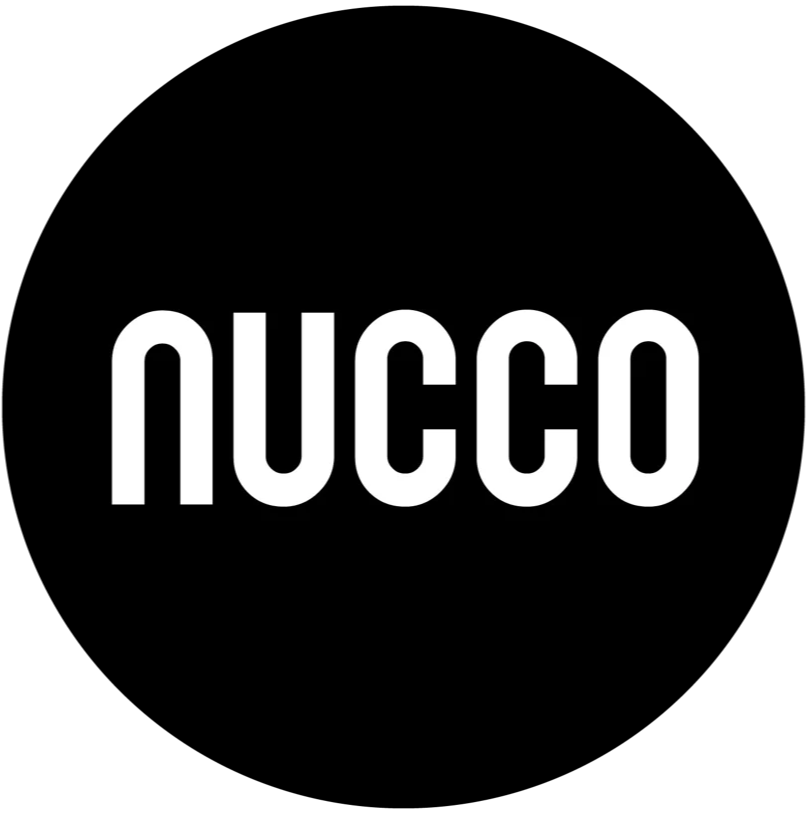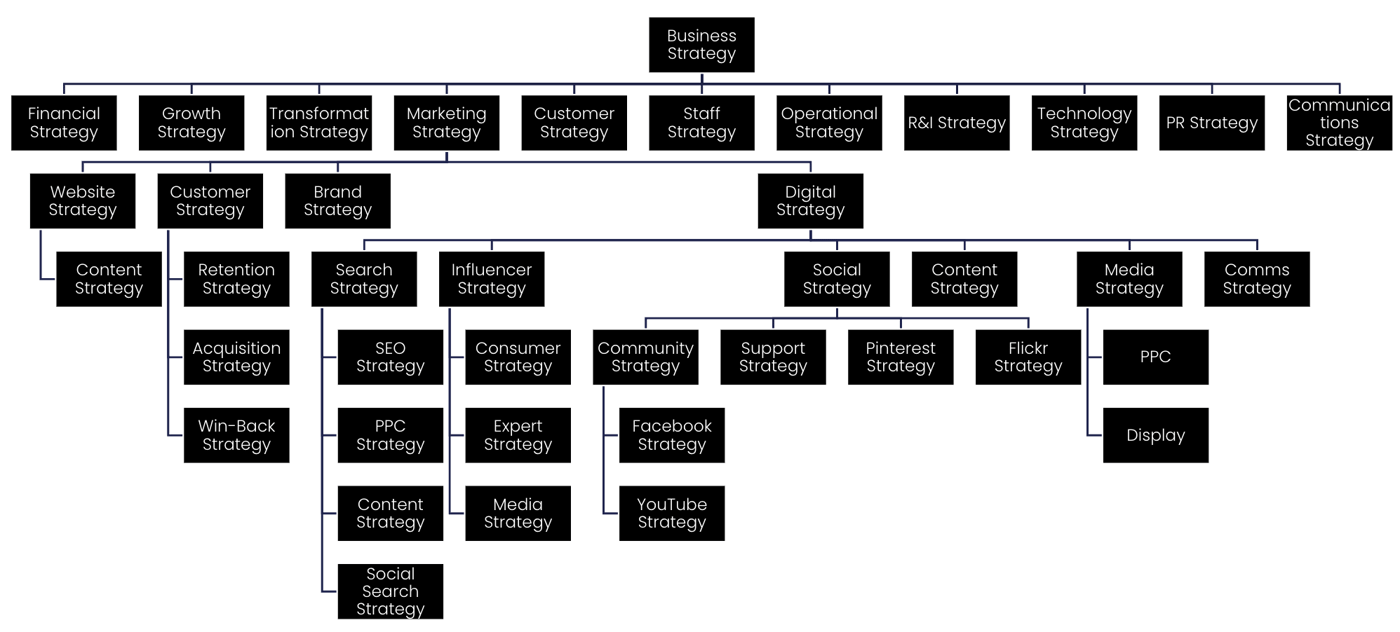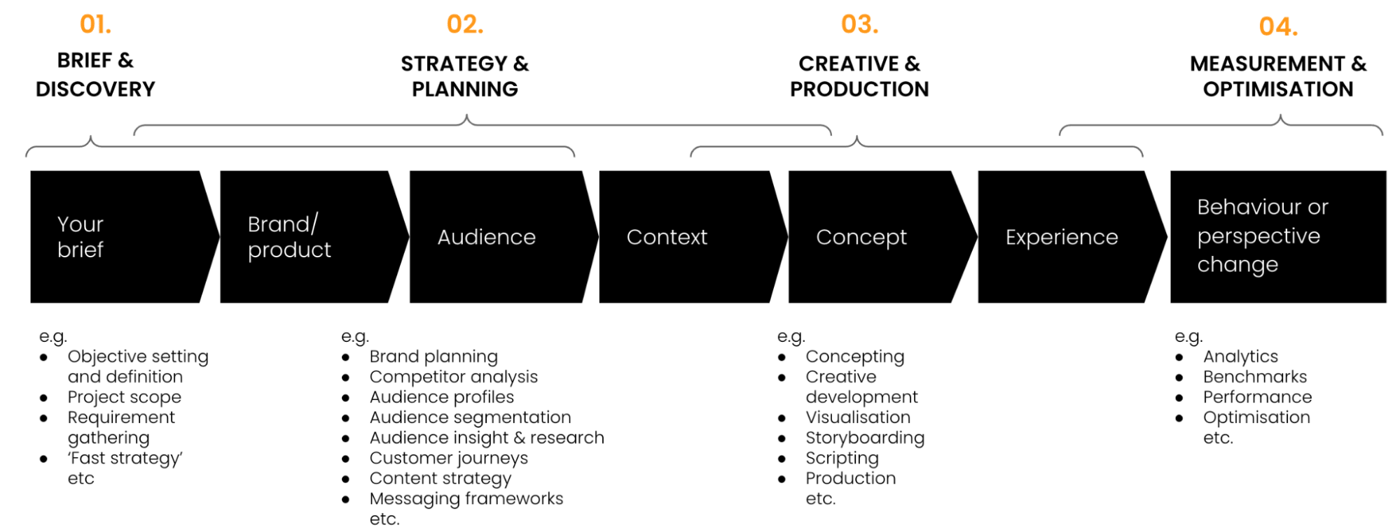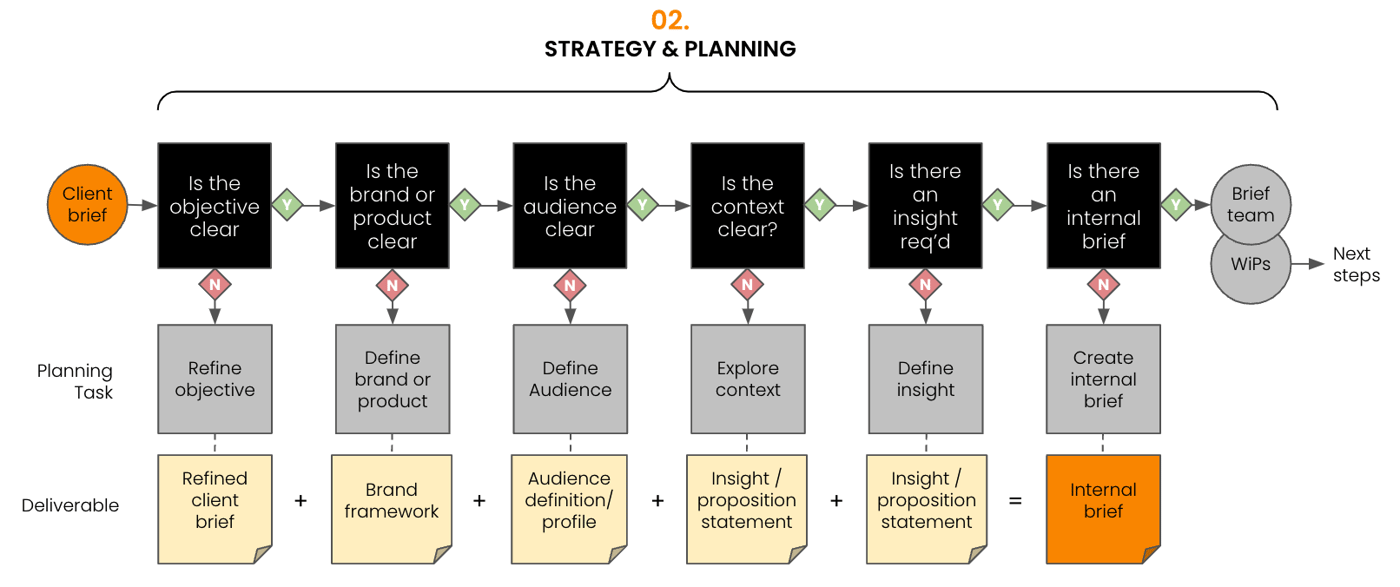S1E1: STRATEGY AND PLANNING GUIDE: FIRST PRINCIPLES

Plans are worthless, but planning is everything.
By Mark Iremonger, MD & Strategy Partner at Nucco, a UNIT9 company. In previous lives, Mark has been MD of UNIT9, the Head of Digital and Head of Planning at BBDO’s Proximity London, the Chief Strategy Officer, and then CEO at the Hearst Corporation’s iCrossing. Agency strategic lead for P&G, Allianz, Lloyds Banking Group, Royal Mail, J&J and Aviva. Mark has been a member of the British Council’s Creative Industries Advisory Panel, a Vice Chair of BIMA, a member of D&AD, and a board member of Wired Sussex, which promotes digital creativity, innovation and growth.
This article is the first of a series to clarify some aspects of strategy and planning as it applies to marketing communications.
It is a practical guide that will be useful to marketers who want to understand the planning process better or make their communications more effective.
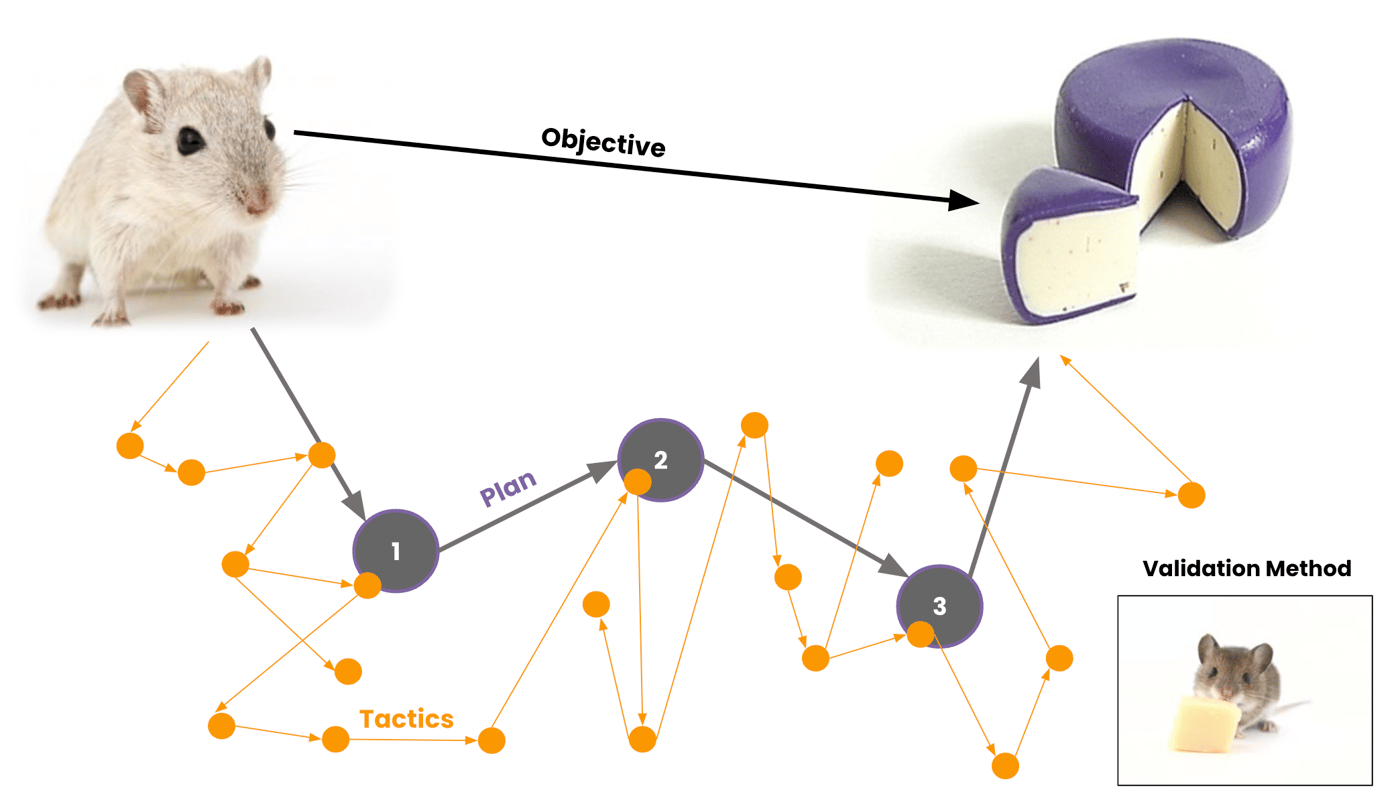
I will lay out some broad principles and then take you through a simple step-by-step approach that takes you from a ‘client brief’ to an ‘internal brief’ that can better brief an agency or team tasked with solving a communications task.
So here goes from first principles.
Strategy is an overused word in the marketer's lexicon. It’s a generalist. Like the term ‘digital’, it has to cover so much ground that it quickly means nothing and everything simultaneously.
“People bandy the word strategy about like it’s a thing, when in fact it’s an approach with outputs. If you want to ‘do’ strategy, you need to recognise this from the get-go.”
So what is a ‘strategy’?
Well, it’s the output of applying a strategic approach. The ‘gold standard’ definition I apply in work demands three things:
- A clearly stated objective
- A plan to achieve stated objective
- A validation method to confirm completion
This simple definition is what I use to assess the veracity of anything with the word ‘strategy’ stuck on it. Anyone delivering on the above can rightly claim to be a strategist.
What’s the difference between a plan and strategy?
A plan aims to get you from A to B.
It’s an essential part of a strategy and (in marketing) typically accounts for 90% of the work. But a plan should not happen without an agreed definition of objective and validation method.
The difference between a plan and a strategy is that the strategy defines why you are going to B and how you will know when you’ve got there. Whereas a plan just shows you the way.
“The role of the strategist is to give everyone the confidence that they are on the right bus, know where it is going and when it will get there.”
So now we have a definition for strategy and have made a distinction from a plan, it's time to dig deeper into the basics of what many people in marketing call ‘strategy’ but often mean ‘communications planning’. If they don’t mean communications planning, then they probably mean media planning which is all about how to maximise a return on paid media spend and is not in the scope of this article.
So what is communications planning?
A helpful definition is ‘doing the legwork to maximise the effectiveness of a communication task’, so depending on your planning, it can encompass many different things.
Here we outline a tried and tested method that covers most scenarios and is based on a 30-year career that had the good fortune to bridge the considerable upheaval caused by the impact of digital (WWW and mobile in particular) on society.
Most creative services businesses concerned with communication typically follow a variation on a simple four-step process which are:
- Brief and discovery - refining and understanding a client brief (the problem, challenge or opportunity) and collecting and absorbing what existing information clients have that might be relevant.
- Strategy and planning - doing the leg work to maximise the effectiveness of the communication
- Creative and production - creating actual customer facing ideas and experiences
- Measurement and optimisation - understanding what is and is not working and making things better
At Nucco we break this out a little:
Despite the labels above, strategy and planning have a role across four stages. It is stages 1 & 2 where we do the heavy lifting. Stages 2 & 3 benefit from a light touch to keep creative thinking on track (as defined by the internal brief that comes out of stages 1 & 2). More on this later.
The following are the key steps we take to ‘make it beautifully simple’ at Nucco.
The six key questions to tackle are:
- Is the objective clear?
- Is the brand or product clear?
- Is the audience clear?
- Is the context clear?
- Is there an insight required?
- Is there an internal brief?
In the following articles, I will look at how we tackle these questions in detail and share examples of frameworks and methods we use. We will then look at how they come together in an internal brief and then some of the broader points on how a project's strategy lead or planner can help a team get to great work.
The title of this article is attributed to Dwight D. Eisenhower, an American military leader and 34th President of the United States. If you stay the course, it will become a valuable reference you can use to inform your communications planning.
It can be hard to see the strategy that underpins the creative work we do at Nucco, however, our OvalX case study is a great example of how good strategy leads to good outcomes for clients.
Continue to S1E2: Is the objective clear? here
I hope you enjoy the series, please feel free to message me direct with your thoughts and comments at mark.iremonger@nuccobrain.com
